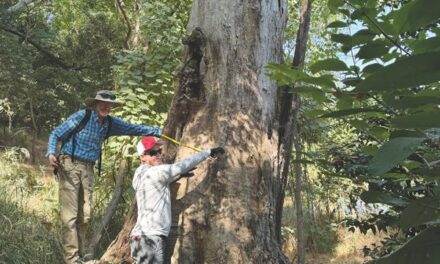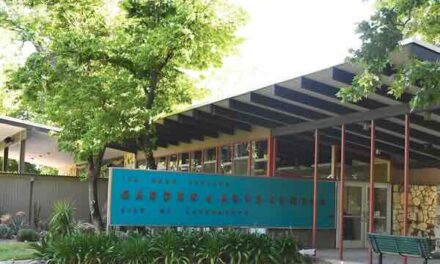Under the Microscope
Troubles put county in spotlight
By Howard Schmidt
February 2021
The low profile historically maintained by Sacramento County government has been upended and thrown into the spotlight with accusations of sexism, racism and mismanagement by top leaders.
The county’s chief executive, Nav Gill, was placed on paid administrative leave during a personnel investigation. He became a punching bag for critics who say the county mishandled federal pandemic relief funds. Accusations involving racist and sexist behavior were raised about his performance as the county’s financial watchdog. The Board of Supervisors appointed Ann Edwards as interim county executive. She formerly headed the Department of Human Assistance.

The county suffered another setback in December, when chief health official Dr. Peter Beilenson quit while COVID-19 surged across our communities. Beilenson claimed “family emergencies” prompted his resignation.
But the health chief was under criticism for having used a racial slur about Asian people—he called them “yellow folks”—at a county Board of Supervisors meeting. Community members criticized Beilenson for mismanagement of federal stimulus funds. Retired county health services director Jim Hunt was named acting health director.
Hopefully, the leadership mashup will be steadied as Sacramento County prepares its 2021-2022 budget. Unlike past years, the supervisors have scheduled four evening budget workshops in April, ideally to entice more residents to participate.
Insiders expect the workshops to be a rehash of the “guns or butter” argument from last year. The debate centers on funding priorities—whether an abundance of general fund dollars should go to the sheriff’s department or social services and underserved communities of color. Testimony pits suburbanites eager to prioritize money for sheriff’s deputies against activists who advocate for social justice and law enforcement reforms.
The pandemic is a budgetary wildcard. If the virus continues to surge, advocates are likely to demand more money for public health. A counterargument may develop to lessen the stranglehold public health officials maintain on businesses and everyday life.
Suburban interests may rise up over the backlog in street maintenance and paving. The $789 million maintenance program primarily impacts unincorporated neighborhoods. It’s being rolled out on an incremental basis that leaves many residents frustrated—especially after the approval of additional gas taxes in recent years.
Sacramento County delayed some street repairs last year, claiming a lack of funds. More recently, state authorities told local governments revenue estimates from the gas tax are down due to people driving less in the pandemic.
City residents don’t look to the county for answers. They call City Hall for matters affecting quality of life, such as land use, transportation, potholes and getting garbage picked up.
Folks in the unincorporated neighborhoods rely on the County Administration Center for most of their municipal services. At last estimate, the unincorporated county population was 593,801—bigger than the city of Sacramento at 510,931. If unincorporated Sacramento County were a separate city, it would be the fifth largest in California.
County operations impact all 1.6 million residents of Sacramento County. The county runs numerous programs passed down from Washington and the state, including “social safety net” programs such as child protective services, elder and disabled conservatorships, and welfare payments.
Five elected, nonpartisan supervisors govern Sacramento County. Their workload varies, depending on whether their geographic districts include cities. About 95 percent of Supervisor Rich Desmond’s Third District covers unincorporated neighborhoods. Most of his constituents have no city government to call upon. County authorities fill almost every role.
In contrast, Supervisor Phil Serna has only about 3.5 percent unincorporated area. His First District sits almost entirely within the city of Sacramento. District 2 Supervisor Patrick Kennedy has about 37.5 percent of unincorporated communities, with the rest in Sacramento. The unincorporated population represented by Supervisor Don Nottoli of District 5 consists of 17.9 percent. The remainder is split between the cities of Elk Grove, Galt, Isleton and Rancho Cordova. Supervisor Sue Frost’s District 4 includes the cities of Citrus Heights and Folsom. She has 45.7 percent of unincorporated neighborhoods.
County governance is further complicated by the presence of three additional elected officials—Assessor Christina Wynn, District Attorney Anne Marie Schubert and Sheriff Scott Jones. The Board of Supervisors approves their budgets, but these officeholders have discretion to prioritize spending and manage their allocated resources. They are accountable to voters.
In the months ahead, this column will monitor Sacramento County developments, including controversies involving the chief executive and health department leadership, budget debates and street improvements.
Howard Schmidt has worked on the federal, state and local levels of government, including 16 years with Sacramento County. He can be reached at howardschmidt218@aol.com.
















